Are you ready to take the plunge?
Cold plunges, or cold immersions, are a hot topic these days. This form of cold therapy, which involves immersing yourself in icy water, offers more than just a refreshing sensation. It's a powerful way to promote both physical and mental health. Let's explore together what this trend entails and how it can change your life.
What is a Cold Plunge?
A cold plunge involves immersing yourself in water that's significantly colder than a hot shower. The goal isn't just to test your endurance, but also to reap the numerous health benefits of cold therapy. This goes beyond simply cooling off on a hot day; it's a conscious, controlled stimulation of your body and mind.
The ideal Cold Plunge temperature
A cold plunge is all about cooling down. The ideal water temperature is between 4°C and 10°C . This temperature causes your blood vessels to constrict and then dilate, giving your blood circulation a significant boost. It's like a cardio workout for your blood vessels, without having to put on your sneakers!
Benefits of a Cold Plunge
Cold plunges offer numerous benefits for body and mind:
-
Faster muscle recovery: Reduces inflammation and relieves muscle pain, ideal for athletes.
-
Improved mood: Stimulates the production of endorphins and serotonin, which reduces stress and gives a feeling of happiness.
-
Better Blood Circulation: Improves blood circulation and skin health.
-
Stronger immune system: Regular exposure to cold can strengthen the immune system.
-
Metabolism Boost: Stimulates fat burning and increases energy levels.
-
Mental resilience: Helps your body and mind better cope with stress and challenges.
How do you get started with Cold Plunges?
As a beginner, the idea of a cold plunge can seem daunting, but with the right approach, you can gradually get used to the cold:
-
Start with short sessions: Start with 2-3 minutes in water around 10°C and gradually reduce the temperature.
-
Build up regularity: Start with once a week and increase to two to three times a week as your body adjusts.
-
Listen to your body: Pay close attention to how you feel during and after the plunge and adjust your routine accordingly.
How do you take a Cold Plunge?
To get the most out of a cold plunge, follow these steps:
-
Preparation: Wear comfortable swimwear and breathe deeply before entering the water.
-
Slow immersion: Step into the water slowly to avoid thermal shock.
-
Focus on breathing: Keep breathing calmly and try to relax in the cold.
-
Set your limit: Start with a short session and gradually increase the time.
Safety measures
Safety is crucial with cold plunges:
-
Never alone: Perform a cold plunge with a buddy or in a controlled environment.
-
Avoid diving: Do not jump into the water suddenly to avoid thermal shock.
-
Consult a doctor: In case of heart problems or high blood pressure, medical advice is necessary.
-
Know your limits: Stop if you feel dizzy or start shaking excessively.
Ice bath vs. cold plunge
Although both techniques involve cold therapy, there are some differences:
-
Cold Plunge: Water between 4°C and 10°C, ideal for general well-being and recovery.
-
Ice bath: Water around 0°C, extremely cold and aimed at muscle recovery and maximum stimulation of the nervous system.
Dare to take the challenge!
A cold plunge isn't just a physical challenge; it's also a mental test. It helps you become stronger, more energetic, and more resilient. So, when will you take your first cold plunge? Discover the power of cold therapy and take the first step today!



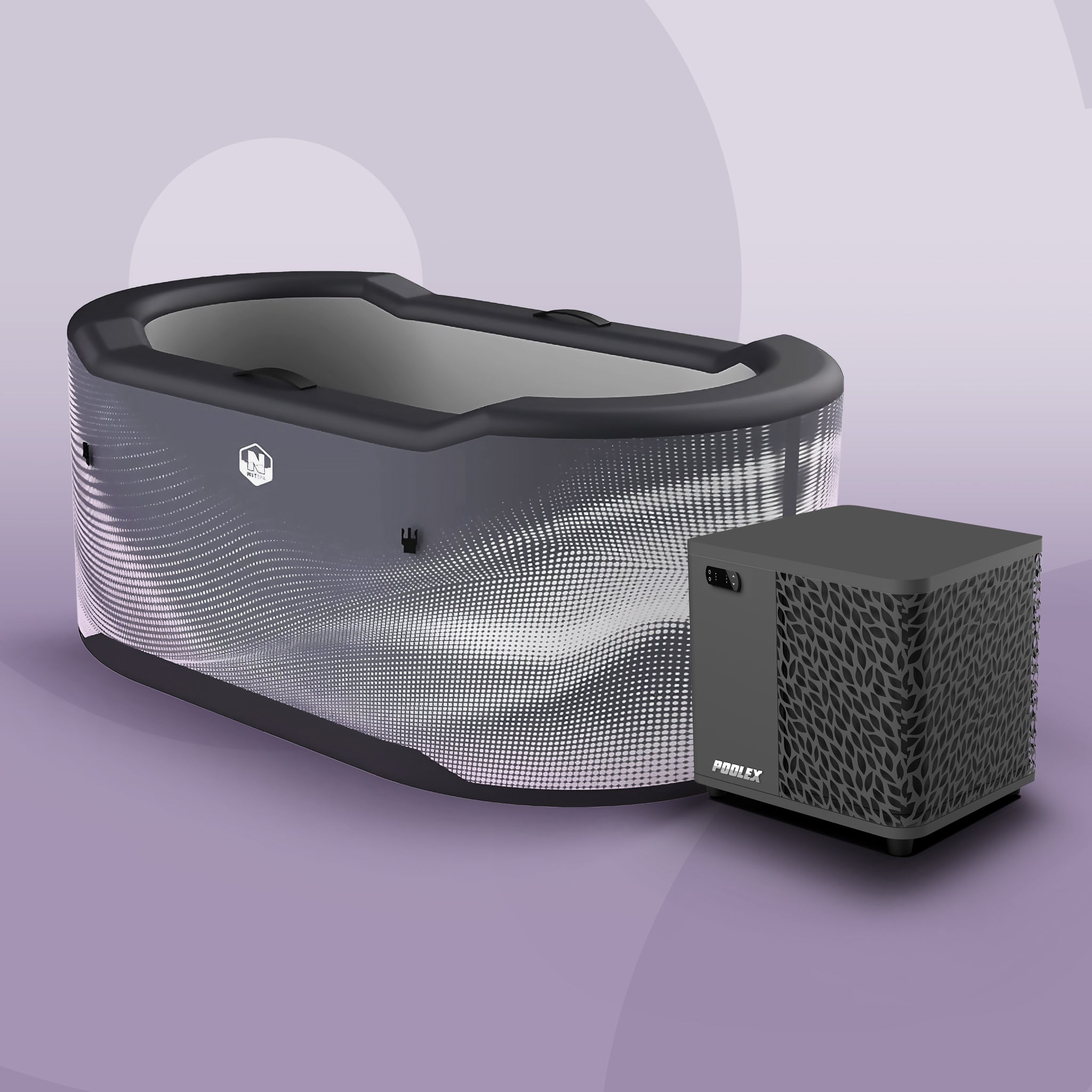


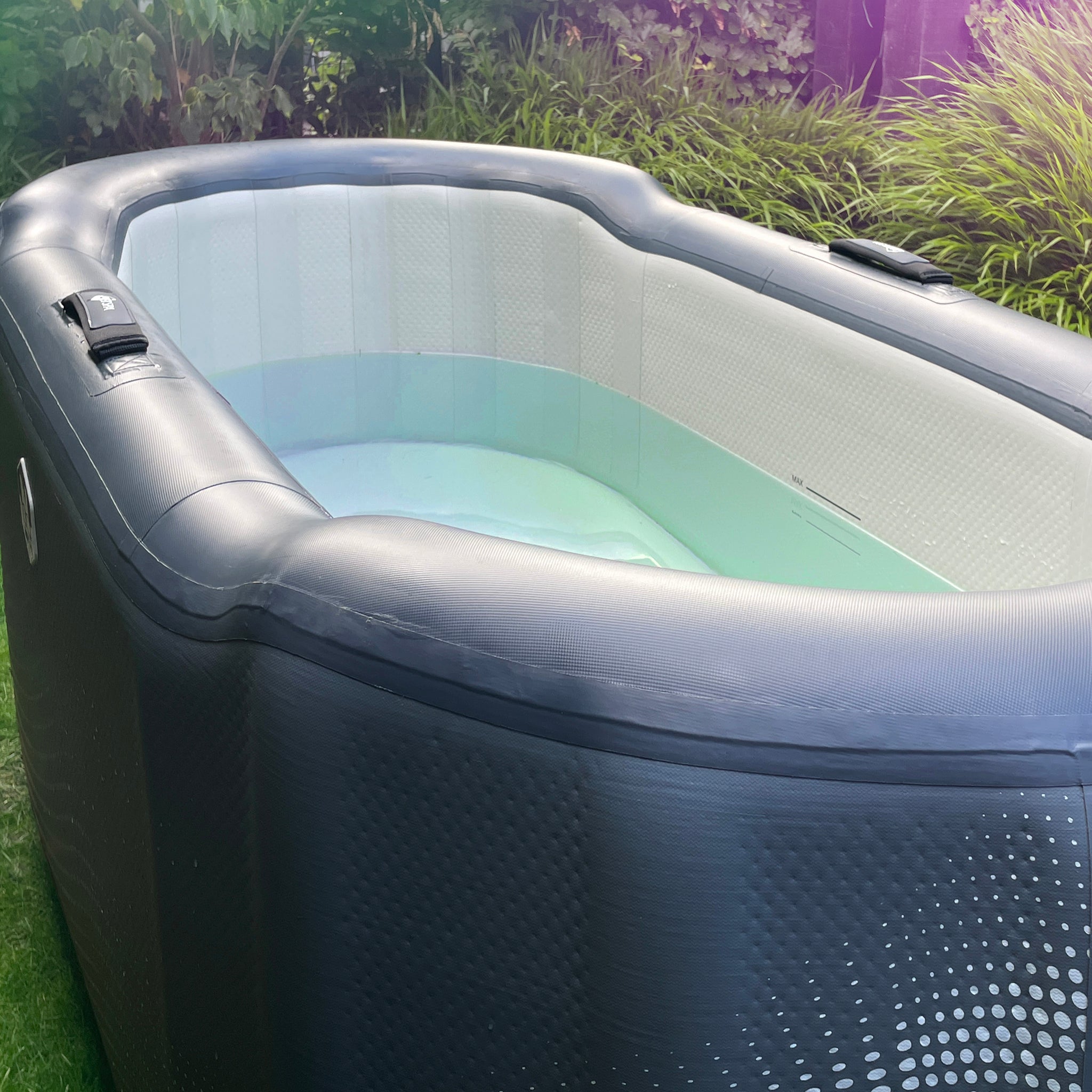
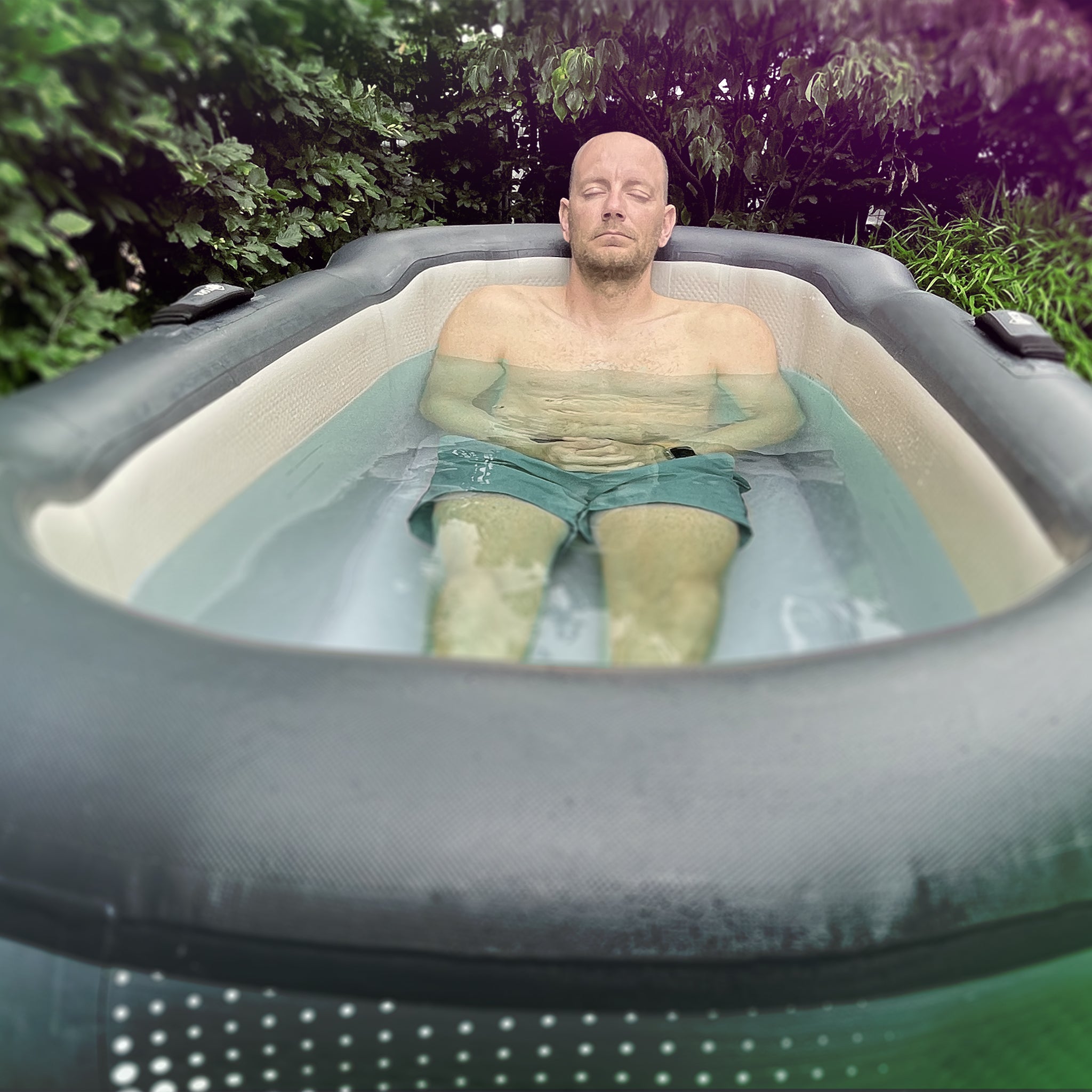
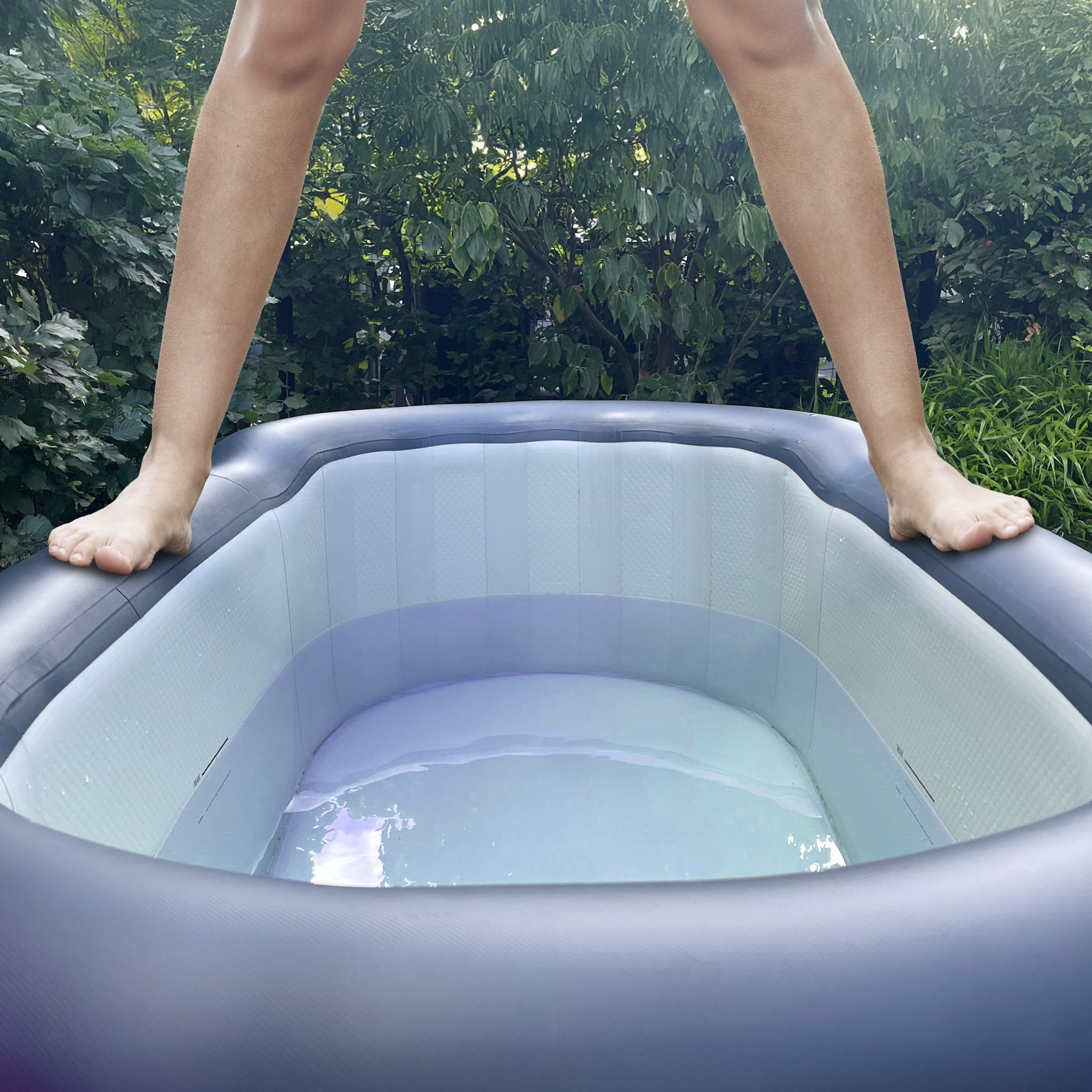

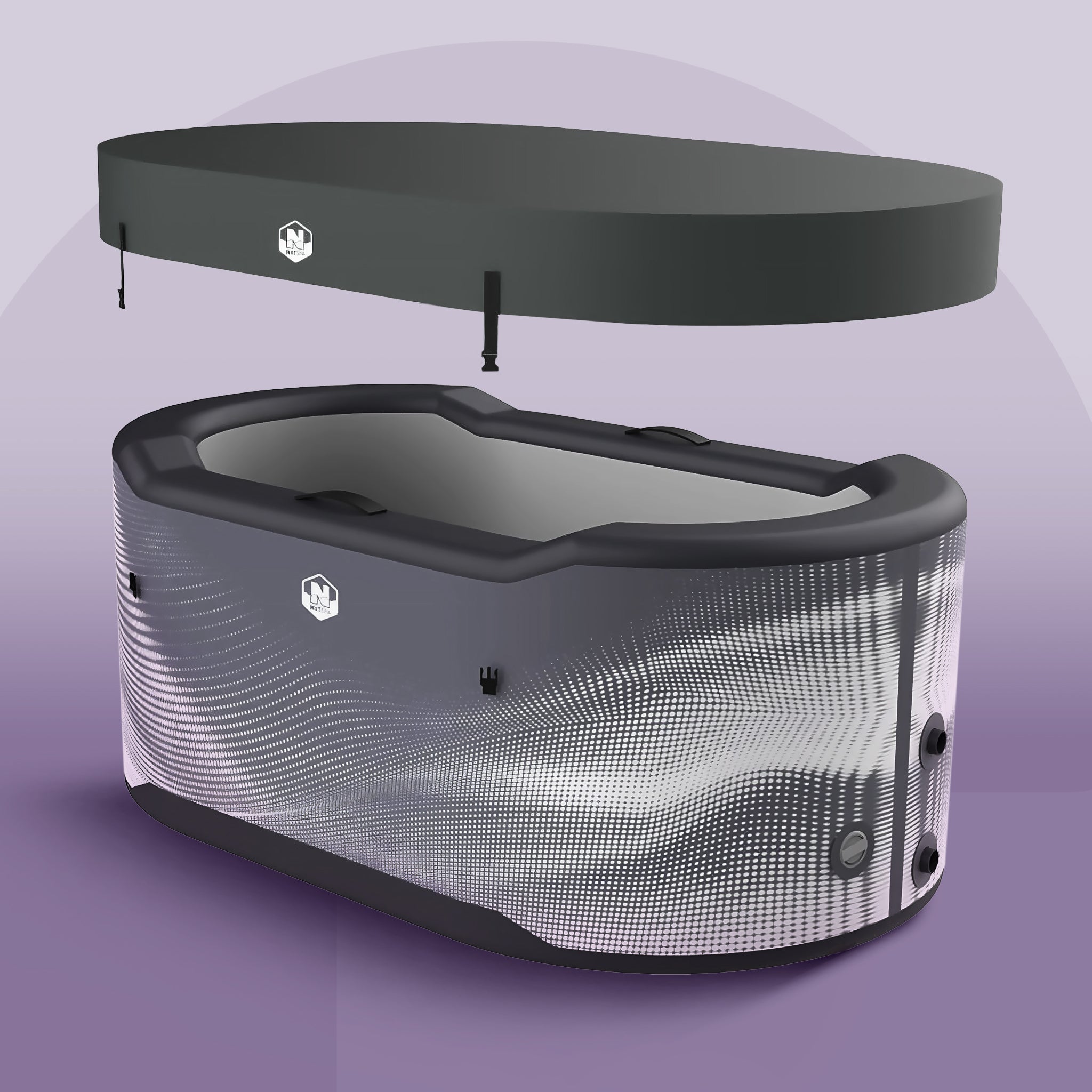
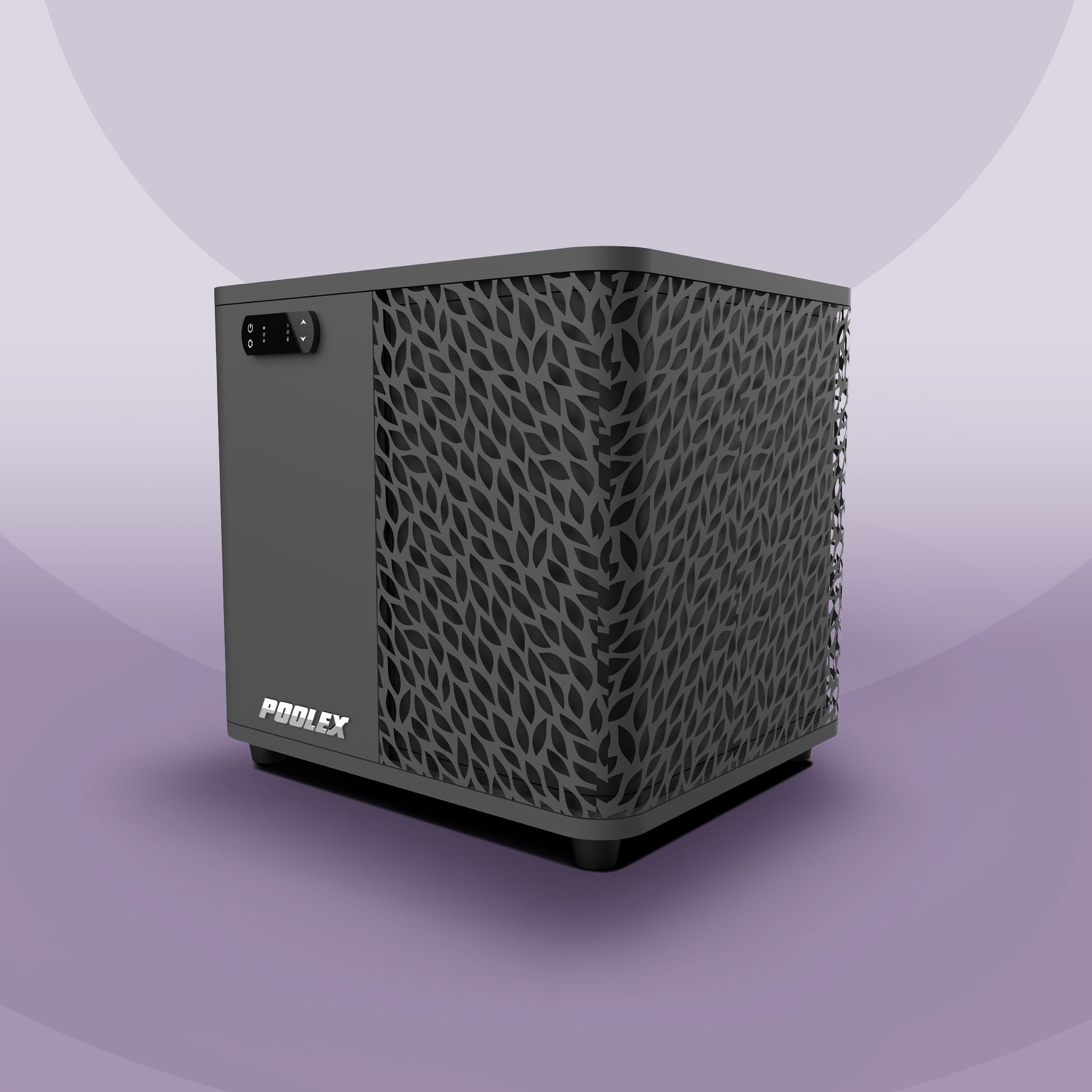
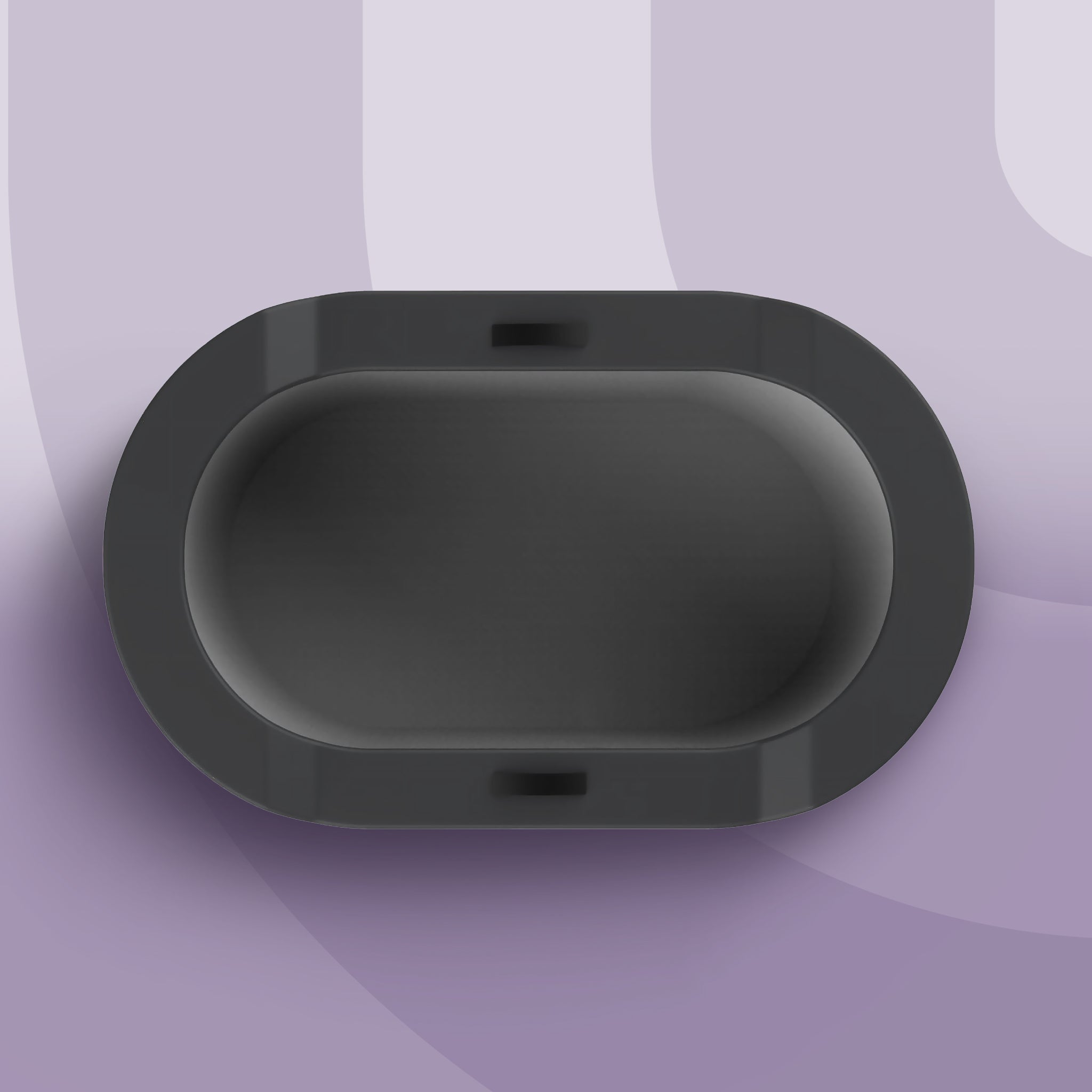
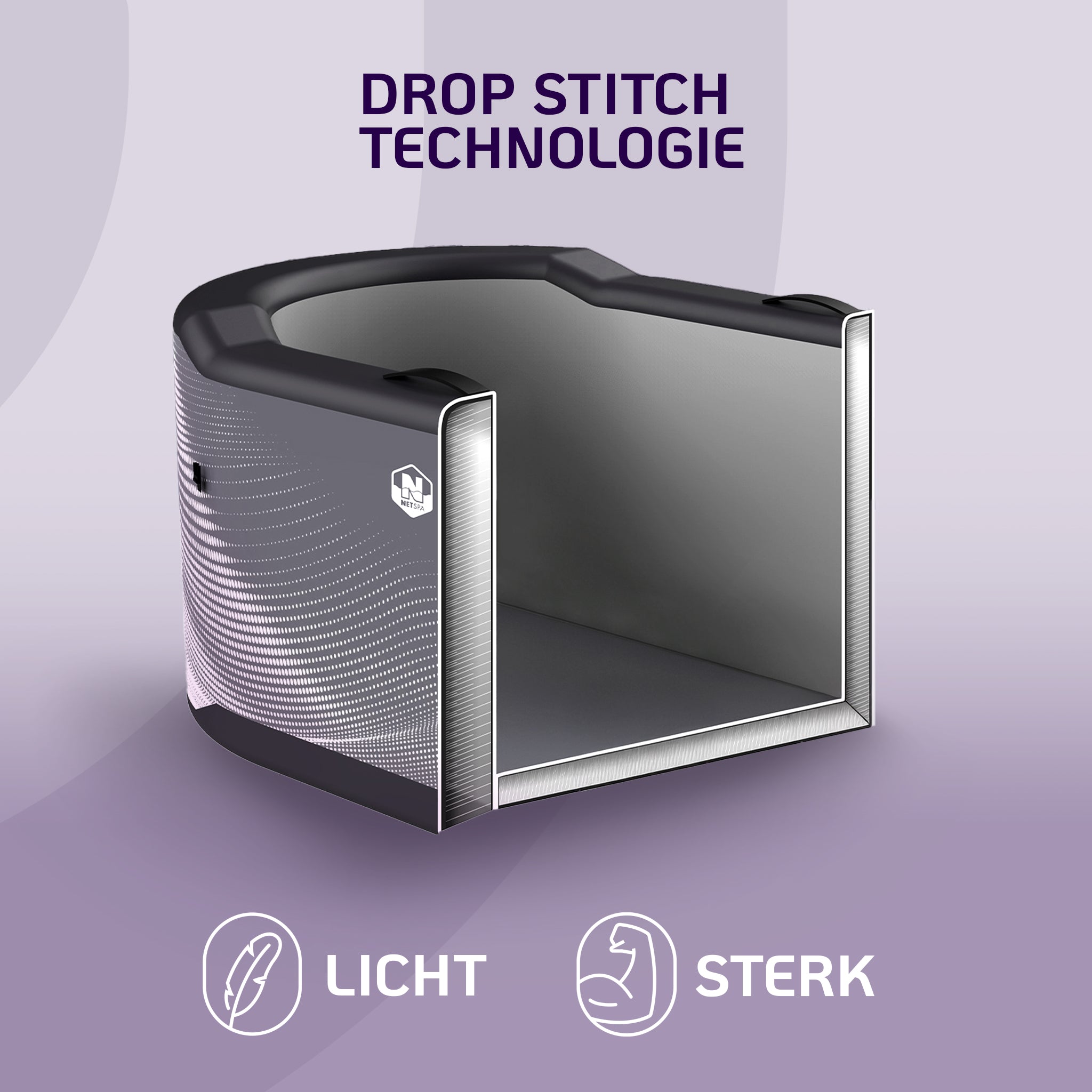







Share:
The Optimal Temperature for Your Ice Bath: Science, Health, and Maximum Results
Is it wise to take a cold shower before sleeping?